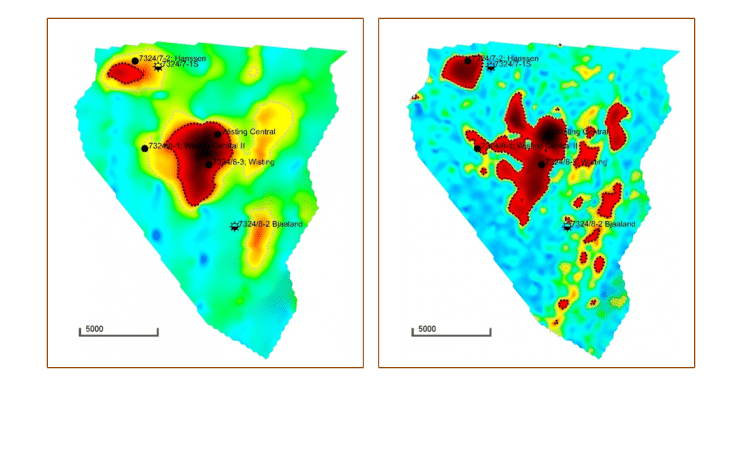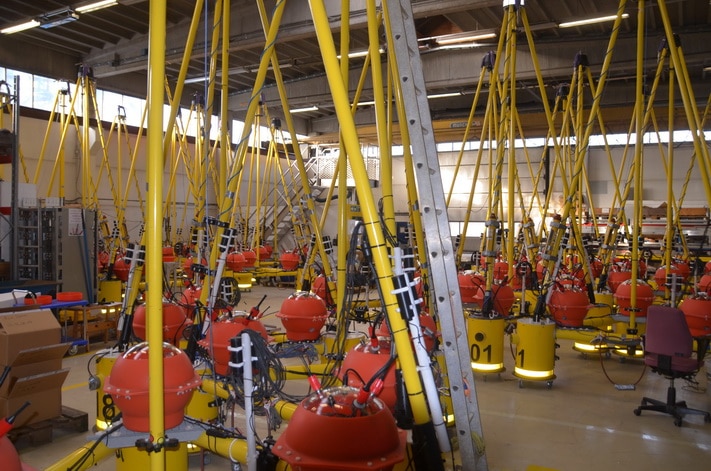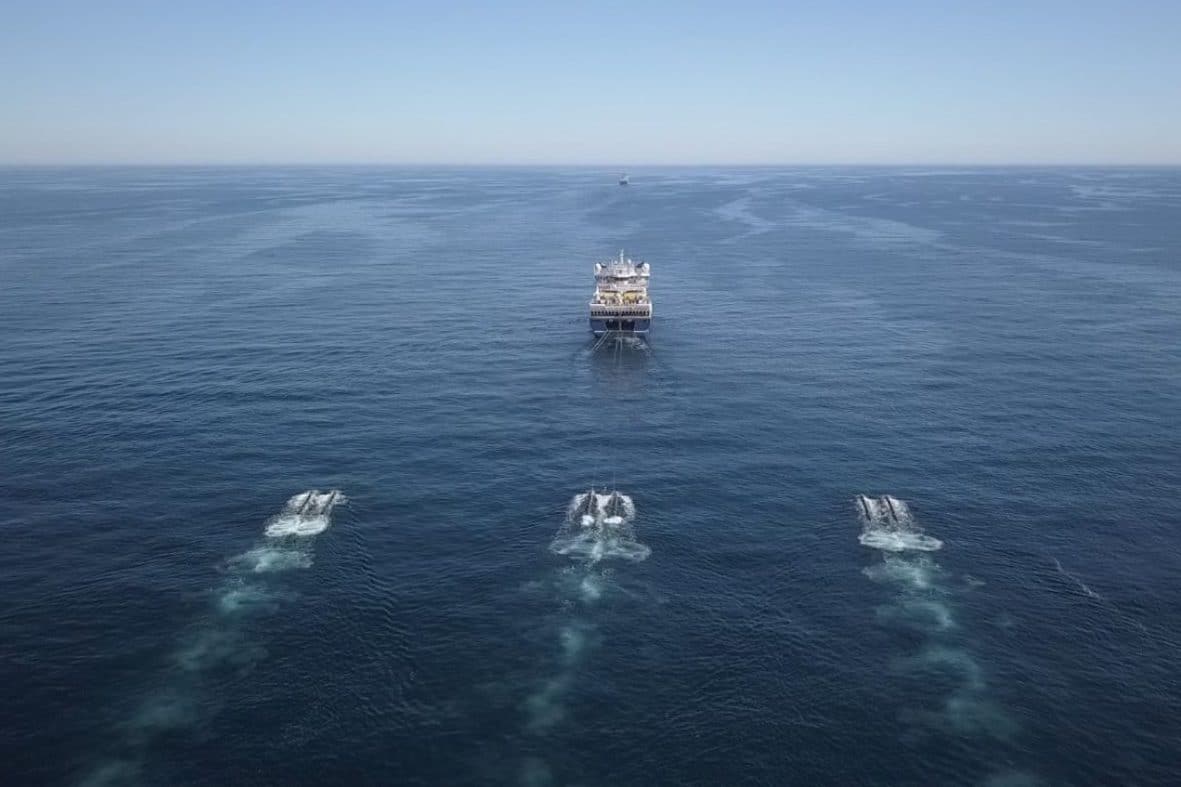Marine Controlled-Source Electromagnetic (CSEM) information has been available to our industry for over 15 years. It’s thus hard to consider it “new technology” any more.
Its use remains patchy, data-quality is variable, and the technology’s reputation is, if we were to be kind, equally variable. There are well-publicized success-stories and oft-talked-about failures. As an oil-company executive faced with the option of spending valuable resources on CSEM, how should you proceed?
At Foxgeo, we help people reach their own, informed, decisions about the future of CSEM within their organization.
More information is better… if you can use it
Your company’s ability to make sound geological predictions boils down to two fundamentals: 1) what information to use as input (data); and 2) what you do with it (process).
Process-change may improve exploration performance through better utilization of the current data, but maximum-performance will remain limited by the maximum potential of the data; new data may raise your performance-potential, but without corresponding process-change, that improvement will remain unrealized.
[btn url=”https://events.geonova.no/event/ncs-exploration-2019/” text_color=”#25bae8″ bg_color=”#f7f7f7″ icon=”” icon_position=”start” size=”22″ id=”” target=”on”]NCS Exploration 2019, May 21-22, Fornebu: Recent Advances in Petroleum Exploration[/btn]The problem with CSEM
In many ways, CSEM is a victim of its own potential. While not a silver-bullet, no other technology today offers the potential performance-improvement of CSEM. Unfortunately, this potential comes from being different.
CSEM measures a different earth property in a different way to other remote-sensing technologies. Even its nearest relative – down-hole resistivity-logging – doesn’t measure precisely the same thing (due to length scale and tool-calibration effects), and is used at different times, and in different ways, in the E&P lifecycle.
Incremental changes to information or process can be relatively easy to implement. Successful CSEM adoption is not an incremental change and takes time. Behaviour both within and between departments needs to be reviewed, along with the core competencies of your teams. When was the last time your organization attempted to adopt an exploration technology such as this?
Many have failed at CSEM, so you don’t have to
Pitfalls in the adoption of CSEM technology are many and varied.
Before about 2013, challenges were often associated with the CSEM information itself: acquisition was limited to short 2D lines; interpretation was attempted on electric-field magnitudes or poorly-constrained inversions.
Recently, the CSEM measurement has matured. While some issues remain with quality and consistency, the focus for end-users is now more on their internal processes, which have proven no less of a challenge: how and when to use the information; at what scale; to what end. Expect to face communication problems between siloed specializations, stakeholder-disagreements, and challenges deciding how to scope your projects and objectively measure their performance.
Foxgeo staff have been at the centre of the industry’s use and adoption of CSEM from the beginning. Since the Pemex CSEM project of 2011, our focus has been on the end-user side of the puzzle: first from within Pemex and EMGS, developing the first-generation tools, workflows, training and look-back needed for a company to successfully use CSEM-technology.

We now continue this work as Foxgeo. We believe it is important for the exploration community to have access to support which is independent from data providers, and with a proven track record. Pemex successfully adopted our volumetric interpretation workflows, concluding that for deep-water frontier targets with no calibration: “…once the prospects were drilled, an extraordinary match between proven hydrocarbons and areal distribution of resistivity was observed”.
We’ve also witnessed many of the not-so-good stories and can help you avoid already-known paths of failure.
Our first advice: start small, with some appropriate cross-department training that can help align your people’s understanding and put you in a better-position to plan your next move. We can help with training, interpretation and interpretation-support, software and workflows, project feasibility and planning, and longer-term (strategic) adoption-planning.
So, does CSEM have a future?
Frankly, we don’t know. CSEM has shown impressive improvements in the last 10 years: the technology available today can provide a dramatic step-change in the exploration-performance of many oil companies when used appropriately.
Unfortunately, CSEM is still too-often mis-sold and/or poorly-utilized. At Foxgeo, we help our customers evaluate the potential of CSEM for themselves and design their own adoption-pathway for consistent value-delivery. Feel free to get in touch to find out more.

References:
Alcocer, J. A. E., et al., 2013, Reducing uncertainty by integrating 3D CSEM in the Mexican deep-water exploration workflow: First Break, 31, 75–79.
Alcocer, J. A. E., et al., 2013, Experience from using 3D CSEM in the Mexican deepwater exploration program: SEG Technical Program Expanded Abstracts 2012,
DANIEL BALTAR and NEVILLE BARKER
FOXGEO






